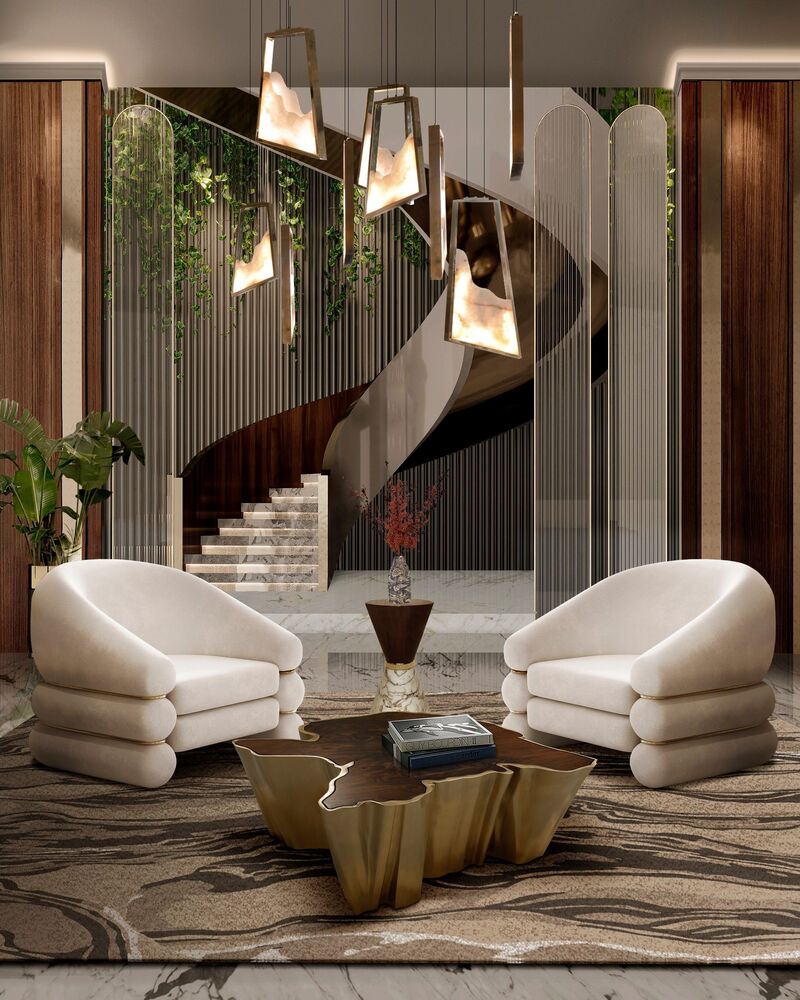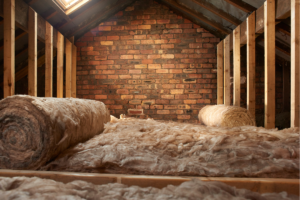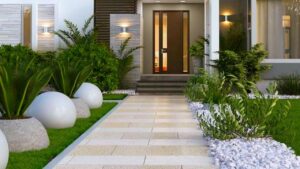How to Design a Space That’s Both Beautiful and Functional

Creating a home that is both visually stunning and highly practical isn’t always easy but it’s absolutely possible. Whether you’re decorating a new house, remodeling a room, or simply updating your space, the goal is to strike the right balance between style and usability.
Function and form should work together not compete. Below are the essential tips to help you design a space that doesn’t just look good, but also makes life easier every day.
1. Start With Purpose
Before selecting colors or furniture, define how the space will be used. Ask yourself:
- Is this room for relaxing, working, entertaining, or sleeping?
- Who will use it most?
- What items must be stored here?
Understanding the purpose of the space sets the foundation for every design choice that follows.
Pro tip: Always design for lifestyle first, aesthetics second. A beautiful room that doesn’t meet your needs will quickly become frustrating.
2. Prioritize Layout and Flow
Great design starts with smart layout. A well-thought-out floor plan:
- Encourages natural movement through the room
- Keeps high-traffic areas clear
- Places key furniture pieces in convenient and intuitive spots
Avoid overcrowding. Leave enough space between items for easy movement, and ensure the layout supports the room’s primary function.
Tip: Use painter’s tape or design apps to map out furniture sizes before buying.
3. Choose Furniture That Fits In Style and Size
Avoid the temptation to choose pieces based solely on appearance. Furniture should:
- Fit the room’s scale
- Serve a practical purpose
- Complement the style of the space
Multifunctional furniture—like an ottoman with storage or a dining table that expands—adds versatility without sacrificing design.
4. Let Storage Work Behind the Scenes
Functionality often comes down to organization. Well-integrated storage solutions can make your space more livable without adding visual clutter:
- Built-in cabinets
- Floating shelves
- Hidden storage benches
- Wall hooks or behind-the-door organizers
Style it smart: Choose storage that matches your décor style to blend beauty with practicality.
5. Invest in Quality Lighting
Lighting dramatically affects both ambiance and functionality. A well-lit room should include:
- Ambient lighting (general light, e.g., ceiling fixtures)
- Task lighting (for specific activities, e.g., reading lamps, under-cabinet lights)
- Accent lighting (to highlight features or add mood)
Layer your lighting and add dimmers to easily shift between tasks and settings.
6. Select a Cohesive Color Palette
Colors set the tone of a space. Choose a palette that reflects the mood you want:
- Soft neutrals for calm and serenity
- Bold tones for energy and creativity
- Earthy colors for warmth and comfort
Stick to 2–4 complementary shades throughout the room for a cohesive, intentional look.
Bonus: Use accent colors for flexibility—you can easily update them through pillows, throws, and art.
7. Use Texture and Contrast to Add Depth
A functional room doesn’t have to be boring. Layer different textures—like wood, metal, linen, or leather—to bring richness and warmth.
Contrast adds visual interest:
- Mix matte and glossy finishes
- Pair soft fabrics with structured shapes
- Combine modern and rustic elements
These details elevate the overall aesthetic without compromising usability.
8. Personalize Without Overcrowding
Make the space feel like home by incorporating:
- Personal artwork or photos
- Meaningful books or objects
- Plants for a natural touch
But be mindful of clutter. Less is often more when it comes to décor curate instead of crowd.
9. Keep It Flexible
Design for real life, which often changes. Modular furniture, movable storage, and open layouts offer adaptability as your needs evolve.
Example: A guest room with a fold-down desk can easily become a home office or reading nook.
10. Test and Tweak
The best designs evolve. Live in your space for a while and make small changes based on how you use it.
- Is the coffee table too far from the sofa?
- Do you need more light in the reading corner?
- Are you constantly bumping into that armchair?
Good design is not just about what looks perfect—it’s about what feels right.
Final Thoughts
Beautiful and functional spaces don’t happen by accident—they’re the result of thoughtful planning, smart choices, and a little creativity. When your home supports your lifestyle while expressing your personal taste, you’ll love being in it every single day.





